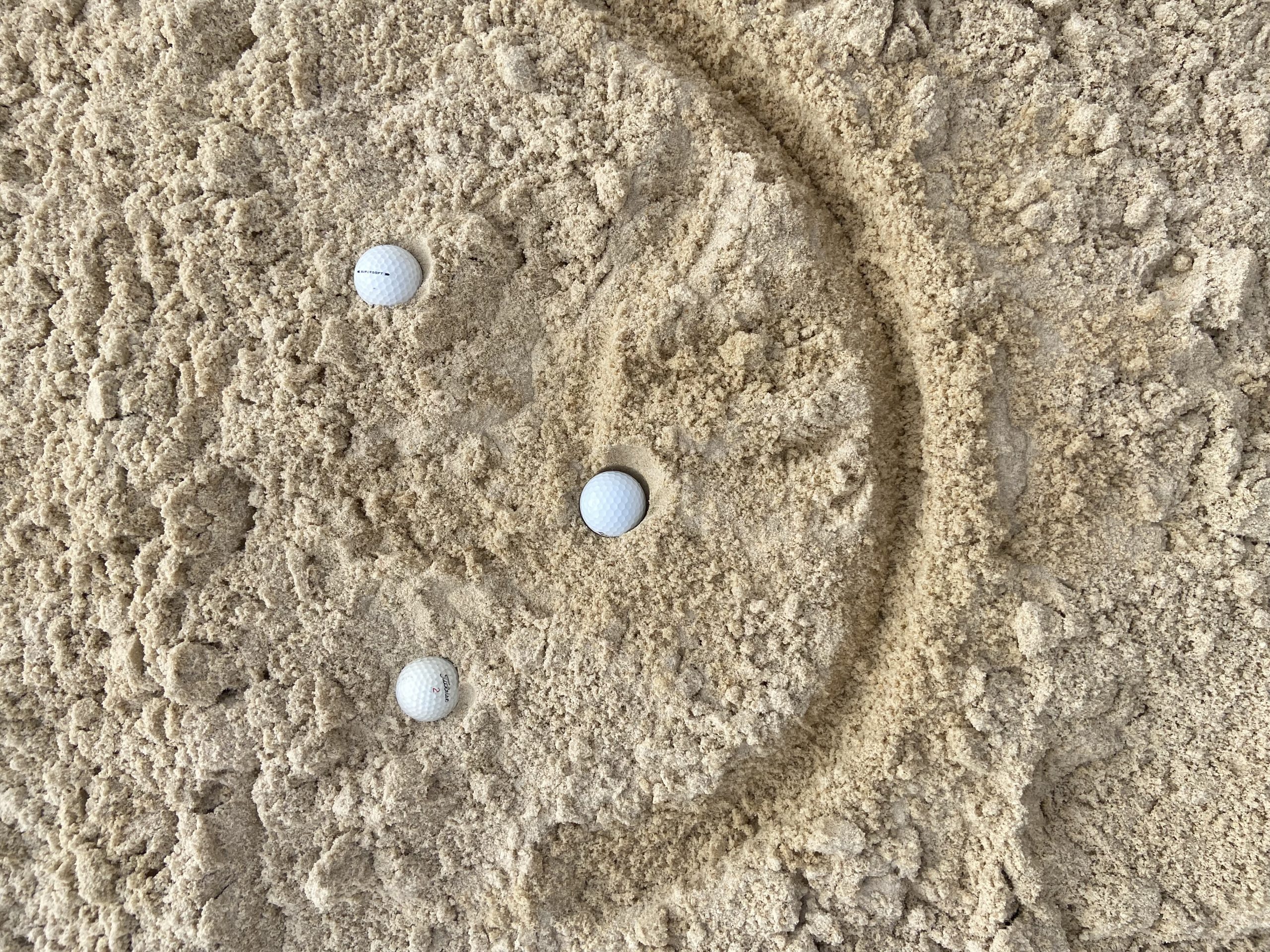
Choosing the Ideal Bunker Sand from Jackson Sand: A Comprehensive Guide
When it comes to maintaining a golf course, the choice of bunker sand can significantly impact both playability and aesthetics. Jackson Sand, known for its quality aggregates, offers a variety of bunker sands that meet different needs and budgets. This guide will help you understand how to select the right type of bunker sand from Jackson Sand, focusing on grain size, color, drainage properties, and compatibility with your golf course turf.
1. Understanding Bunker Sand Characteristics
Before choosing bunker sand, it’s essential to understand the key characteristics that affect its performance:
Grain Size and Shape: The sand’s particle size and shape can influence the ball’s lie and how easily the sand can be raked. Jackson Sand provides detailed specifications on grain size, helping course superintendents choose a sand that offers both playability and ease of maintenance.
Color: Aesthetic considerations are crucial as sand color can complement or contrast the course landscape. Jackson Sand offers a range of natural hues to enhance the visual appeal of your bunkers.
Penetration Resistance: Ideal bunker sand should prevent golf clubs from digging too deep, which can frustrate players. The sand from Jackson Sand is tested for penetration resistance, ensuring that it meets the optimal balance between firmness and playability.
Drainage: Proper drainage is essential to avoid water pooling in bunkers. Jackson Sand’s options include materials that facilitate excellent drainage, maintaining the bunker’s condition even after heavy rain.
2. Types of Bunker Sand Available at Jackson Sand
Jackson Sand provides several types of bunker sand, each suited to different environmental conditions and golf course designs:
Premium White Bunker Sand: Known for its brilliant white color and exceptional drainage capabilities, this sand is perfect for high-end courses where appearance and performance are paramount.
Local Natural Bunker Sand: A cost-effective option, this sand blends well with the natural environment and is ideal for courses seeking practicality without compromising on quality.
Custom Blends: Jackson Sand also offers custom sand blends tailored to specific course requirements. This option allows course superintendents to specify particle size, color, and other properties.
3. Selecting the Right Sand for Your Golf Course
Choosing the right bunker sand involves considering your course’s specific needs:
Consult with Agronomists: Utilize the expertise of soil scientists and agronomists to analyze your current course conditions and determine the most compatible sand type.
Consider Local Climate: The local climate can influence the choice of sand, especially in terms of moisture management. For areas with frequent rain, sand with better drainage may be necessary.
Budget: Factor in the cost of the sand itself and the long-term maintenance expenses. Jackson Sand offers competitive pricing and high-quality options for various budgets.
4. Installation and Maintenance Tips
Proper installation and maintenance are crucial for maximizing the benefits of your chosen bunker sand:
Proper Installation: Ensure that the sand is installed to the correct depth, generally between 4 to 6 inches, and is properly compacted.
Regular Maintenance: Raking and periodic replenishment are necessary to maintain the bunker’s condition and performance. Jackson Sand sands are designed to be low maintenance, reducing the overall workload for grounds crews.
Selecting the right bunker sand from Jackson Sand can greatly enhance the playing experience and beauty of your golf course. By understanding the properties of different sands and assessing your specific needs, you can make an informed decision that will benefit both players and maintenance teams alike. Contact Jackson Sand today to discuss your requirements and find the perfect sand solution for your bunkers.
